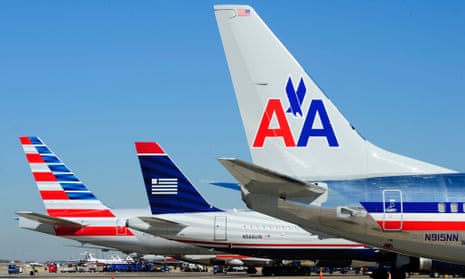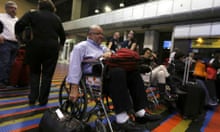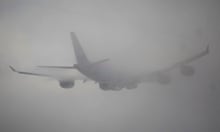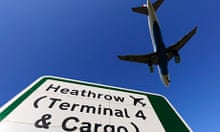The world’s biggest airline was officially created on Monday with the merger of American Airways and US Airways, capping a round of consolidation that has worried the US government, rivals and consumer groups.
The merged airline will take the American Airlines name and will have a global network of nearly 6,700 daily flights to more than 330 destinations in more than 50 countries, and more than 100,000 employees worldwide. The company has a firm order for 600 new aircraft.
Last month, the Justice Department gave the $11bn merger the go-ahead after initially raising anti-trust concerns. In order to address those concerns the two companies gave up gate slots and takeoffs at major US airports including Washington DC’s Reagan national, New York’s LaGuardia, Boston's Logan and LAX in Los Angeles.
Earlier in the month the US supreme court rejected an attempt by consumer groups and travel agents to halt the merger. The objectors had argued that the merger would cause "irreparable injury" to the domestic airline industry, driving up prices and damaging service.
AA and US Airways argued that the merger was vital as the two companies seek to cut their costs. AA went into bankruptcy in 2011, the seventh US carrier to go bust since 2000. The deal brings the company back out of bankruptcy.
The carriers' financial woes have fuelled a series of mergers that have reshaped the US airline industry, including Delta and Northwest, United and Continental and Southwest’s merger with AirTran. Since 2005, mergers have reduced the US’s major airlines from nine to four. American, United, Delta and Southwest now control more than 80% of the US market.
Challenges remain for the new airline. Previous mergers have been hampered by difficulties in merging staff and technology that have taken years to iron out. United’s 2010 merger with Continental led to years problems with technology.
Doug Parker, US Airways chief executive and now in charge of the new company, told the Associated Press: “It's two complex organisations that need to be melded into one over time. That's the biggest challenge by far. It's not easy, but we have people that have done it before – both airlines have been through a merger in the semi-recent past. We have consultants on board who've done this with other carriers, so we'll learn from what we've seen at others as well as what we've seen ourselves.”
The new company will merge its air miles programmes into AA’s Oneworld alliance. US Airways will exit Star Alliance on 30 March 2014 and will enter Oneworld on 31 March.





Comments (…)
Sign in or create your Guardian account to join the discussion